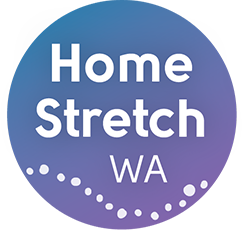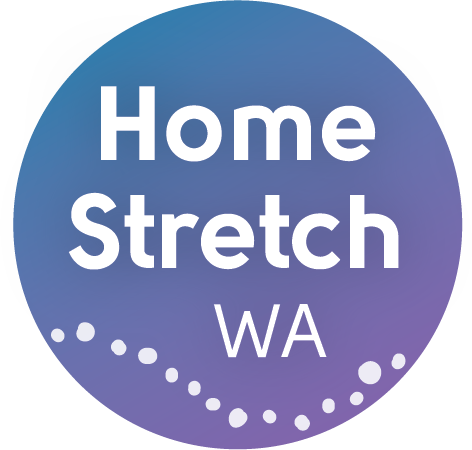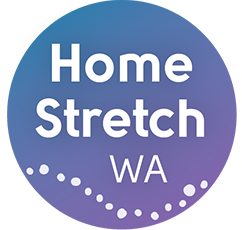Aboriginal Community Controlled Organisation
Aboriginal Community
Controlled Organisation (ACCO)
RESOURCES
The following are a list of great training opportunities and resources highlighted by Community of Practice membership, this will continue to be updated by the CoP membership.
Dr Tracy Westerman, complex trauma and healing training/resources ,https://indigenouspsychservices.com.au/
Aunty Millie Penny, speaker and Elder,
https://www.thekids.org.au/globalassets/media/documents/news-and-events/naidoc2018—aunty-millie.pdf
Red Dust Healing – Red Dust Healing: Empowering Your Journey to Wellness
Dadirri, resources, https://www.miriamrosefoundation.org.au/dadirri/
Kaartdijin Noongar -Noongar Knowledge, resources, https://www.noongarculture.org.au/
Protocols for Non-Indigenous People Working with Indigenous Knowledge, https://drive.google.com/file/d/1SAX5Lh7NNkb3grGw3i863S-_jYkWORXr/view
Emeritus Professor Dr Uncle Len Collard, research and learning, https://research-repository.uwa.edu.au/en/persons/len-collard
8 Ways – Aboriginal Ways of Learning, learning, https://www.8ways.online/
Uncle Noel Nannup, learning video, https://www.youtube.com/watch?v=fAfNbKcO2dU
Stolen Generation Resources – The Healing Foundation | Supporting the healing of Stolen Generations survivors, families and communities
Culture & Identity
Family Mapping
Placeholder for resources
- Life Story Work and Digital Storytelling Encourage young people to share their life stories through creative outlets like digital storytelling, art, or film. These platforms allow them to express their experiences, challenges, and dreams in ways that feel authentic. By using narrative therapy techniques, they can view their lives as a series of meaningful stories, each contributing to their overall journey.
- Film Screenings and Discussions Organize film screenings that explore themes of culture, identity, and social justice. Follow up with group discussions where young people can relate the content to their own lives, fostering a sense of connection and shared understanding.
- Mind Mapping & Vision Board Use visual tools like mind maps and vision boards to help young people organize their goals and the steps needed to achieve them. Encourage them to incorporate cultural symbols and themes that resonate with their heritage, making their plans both personal and meaningful.
- Cultural Art Workshops Provide art workshops where young people can create visual representations of their goals using painting, drawing, or sculpture. These creative activities offer a therapeutic outlet and reinforce cultural pride, allowing them to visualize and connect with their aspirations.
3. Non-verbal: Reflective Observation and Expression
- Reflective Journals & Visual Diaries Encourage young people to keep reflective journals or visual diaries where they can capture their thoughts and feelings through imagery or minimal text. This non-verbal form of expression allows them to explore their emotions and experiences in a safe and private way.
- Cultural Music and Dance Workshops Host workshops where young people can engage with their cultural heritage through music and dance. These activities provide a non-verbal way to express emotions, build confidence, and connect with their cultural roots.
4. Symbols and Images: Expressing Values Through Art and Culture
- Symbolic Assessment Tools Use tools that incorporate symbols and images to help young people articulate their thoughts and feelings. This could include card sorting activities or symbolic drawing exercises that make it easier to discuss complex emotions and goals.
- Cultural Cooking Classes Offer cooking classes focused on traditional dishes from Nyoongar and other First Nations cultures. Cooking becomes a metaphor for nurturing and achieving goals, and these classes help young people connect with their cultural heritage in a hands-on, enjoyable way.
5. Land Links: Connecting to Place and Culture
- On-Country Cultural Camps Organize camps where young people can connect with the land through traditional activities like tool-making, cooking, and yarning with Elders. These experiences ground their planning process in their cultural identity, reinforcing the importance of place and heritage.
- Cultural Outings Arrange visits to museums, art galleries, and cultural events that highlight their heritage. These outings offer opportunities to learn more about their culture and see it reflected in public spaces, deepening their connection to their identity
6. Non-linear: Exploring and Prototyping Futures
- Design My Life Sessions Introduce the Design My Life concept, where young people prototype different possible futures. They can explore various life paths by developing and testing small-scale trials of different lifestyles or career choices. This exploratory approach allows them to experiment without the pressure of committing to just one path, helping them gain clarity on what they truly want.
- Group Sharing and Planning Encourage young people to share their prototypes and plans in group settings, allowing them to receive feedback and refine their ideas. These sessions foster collaboration, mutual support, and the confidence to pursue their goal
- Circular Timelines Reflecting Seasons Use circular timelines that reflect the natural cycles of the seasons to help young people understand that personal growth and progress happen in cycles. Each “season” can represent a phase of experimentation, reflection, and adjustment, emphasizing that change takes time.
- Narrative Storytelling Incorporate narrative therapy techniques to help young people frame their lives as ongoing stories, with each prototype representing a new chapter. This helps them see their experiences, including challenges, as part of a broader narrative of growth and self-discovery.
7. Deconstruct/Reconstruct: Understanding Motivations and Reframing Goals
- 5 Whys Use the “5 Whys” technique to help young people dig deeper into the motivations behind their goals. By asking “why” multiple times, they can uncover the real reasons driving their ambitions, leading to more meaningful and sustained motivation.
- Mind Mapping Values Help young people create mind maps that focus on their core values. This exercise shifts the focus from tasks to what truly matters, helping them reframe their goals in a way that aligns with their values and aspirations.
8. Community Links: Building Support Circles and Lasting Connections
- Support Circle Approach Focus on building a strong support circle around the young person, connecting them with individuals who can offer ongoing, meaningful relationships. These relationships should provide consistent support and guidance, helping the young person feel anchored and supported as they pursue their goals.
- Peer Events and Community Engagement Encourage young people to attend or help organize peer events through the Community of Practice. These events provide opportunities for them to connect with others who share similar experiences, fostering a sense of belonging and mutual support.
- Elders Circles Help young people connect with Elders Circles, where they can seek wisdom, guidance, and cultural support. Elders play a crucial role in providing cultural continuity and reinforcing identity, which is especially important for Aboriginal youth navigating the transition to adulthood.
Acknowledgement
The Home Stretch WA – Community of Practice would like to Acknowledge the Traditional Custodians of the land on which we use. We would like to pay our respects to our Elders past, present and emerging. We are privileged to be a part of the longest living culture in the world.
Quick Links
FOR MORE



